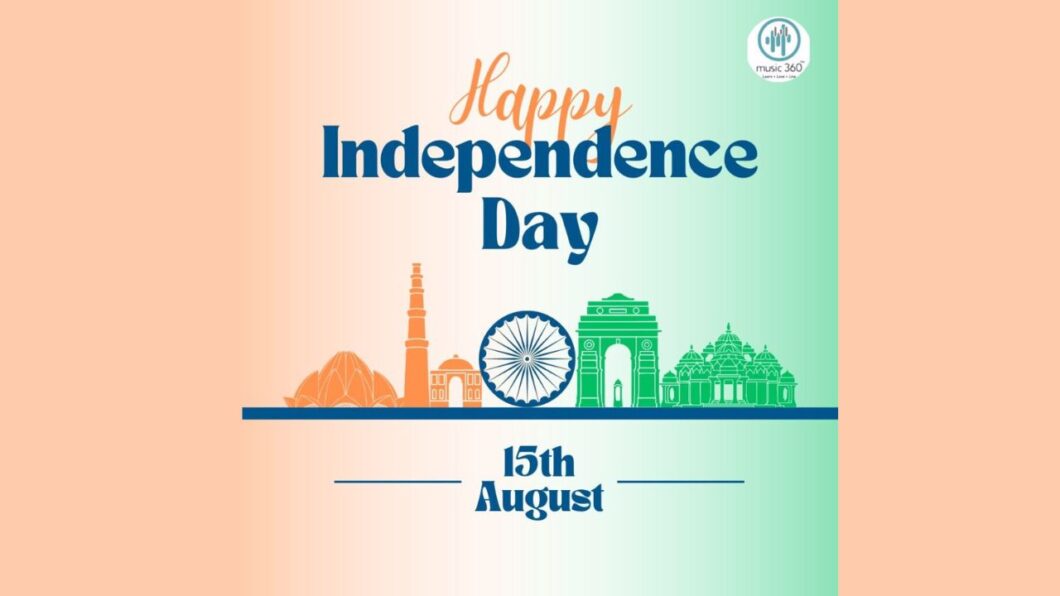GOLDEN ERA OF MUSICAL PATRONAGE
RENOWNED COMPOSERS AND MAESTROS
REVIVAL AND GLOBAL RECOGNITION
ROLE OF FILM MUSIC IN LITERATURE
INFLUENCE OF BHAKTI AND SUFI MOVEMENTS
SLOGANS DURING THE STRUGGLE FOR INDEPENDENCE

aye mere vatan ke logon
zara aankh mein bhar lo paani
jo shaheed hue hain unki
zara yaad karo qurbaani
Music mantra of India! Our hearts soar through the ethereal realms of melody of this soul- stirring song, where emotions intertwine like constellations in the vast expanse of the universe.
Amidst the cosmic landscape, this haunting scintillating melody, echoes from the depth of imagination.
A song sung by our revered singing prowess Smt. Lata Mangeshkar a true legend of unmatched talent in the world of Indian music.
A timeless patriotic song, that exudes the greatness of our Motherland Bharat (India) that transcended earthly boundaries, delving into the depths of human emotions and the enigmatic allure of the unknown, on hearing which, brought tears, to the then Prime Minister of India, Shri Pandit Jawaharlal Nehru.
Its impact on Indians, is immeasurable, serving as a poignant reminder of the sacrifices made by our brave soldiers and uniting the Nation with its soul-stirring melody.
This iconic song had left an indelible mark on Indian music, inspiring generations to uphold their love for their country India and cherish its rich musical heritage.
Now on the occasion of the 77th Independence of India, let’s talk about the incredible richness of Indian Music and the immense pride it brings to our Nation.
From the mesmerising classical Ragas to the foot-tapping Bollywood Beats, Indian Music is a vibrant tapestry, woven with diverse traditions and cultures. It’s a source of immense joy and celebration, reflecting the spirit of India’s unity in diversity, creating a unique cultural identity for Indians.
So let’s groove to the beats and revel in the music magic, that makes us proud to be Indians.
HISTORICAL
India’s Musical history is an enchanting tale of evolution and fusion. It began with ancient vedic chants from the Sama Veda and later embraced classical traditions like Hindustani and Carnatic Music.
Over the centuries, diverse influences from Persia, Central Asia and Europe intervened with Indian Melodies giving birth to a vibrant tapestry of Regional Folk and Popular music styles.
Today Indian music stands as a testament to its timeless heritage and enduring creativity.
CLASSICAL MUSIC
Classical music in India, is a rich tradition that encompasses two main genres and dates back to 2 milliennia.
They are Hindustani from the North and Carnatic from the south. The crux of Classical music is the ‘Omkara’ chanted as ‘Om’, the musical heart- beat of Indian music resonating with deep spiritual meaning and connecting the rhythm of life.
The classical music reached its peak, during the Medieval Era, with the contributions of legendary composers like Tansen and Tyagaraja. It experienced cultural influences from various dynasties such as the Mughals and Vijayanagara Empire. Today classical music thrives with a diverse range of Instruments, Ragas and Intricate Rhythmic, Patterns, remaining as an integral part of India’s cultural Identity.
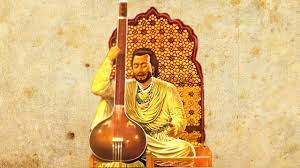
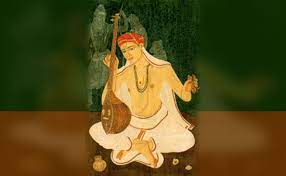
GOLDEN ERA OF MUSICAL PATRONAGE
It was during the medieval period, Indian Classical music flourished under the patronage of various rulers and Empires like the Mighty Rajputs and Vijayanagara Empire, leading to the development of numerous musical styles and Gharanas.
RENOWNED COMPOSERS AND MAESTROS
Throughout History, India witnessed the emergence of legendary Composers and Maestros who enriched the classical music traditions with their exceptional compositions and performances such as Tansen, Tyagaraja, Purandara Dasa and many others.
Pandit Bhimsen Gururaj Joshi renowned Hindustani Classical Vocalist also known by the honorific prefix Pandit, was one of the greatest Indian vocalists from Karnataka, in the Hindustani classical tradition. He is known for the khayal form of singing, as well as for his popular renditions of devotional music bhajans and abhangs.
The renowned Carnatic Classical Vocalist and Bharat Ratna Recipient Smt. M.S. Subbulakshmi was always celebrated for her exceptional renditions and devotions to Music.
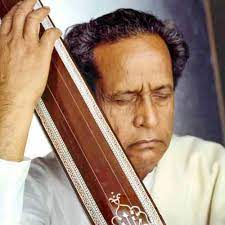
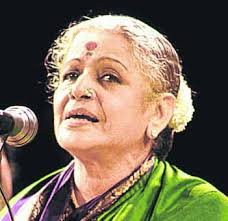
She was the first musician ever to be awarded the Bharat Ratna, India’s highest civilian honour and the first Indian musician to receive the Ramon Magsaysay award.
As India’s cultural ambassador, her concerts at Edinburgh International Festival of Music and Drama in 1963; Carnegie Hall, New York; the UN General Assembly on UN day in 1966; Royal Albert Hall, London in 1982; and Festival of India in Moscow in 1987 were significant landmarks in her career.
The Trinity of Carnatic Music, also known as the Three Jewels of Carnatic Music, refers to the outstanding trio of composer-musicians of Carnatic music in the 18th century—Tyagaraja, Muthuswami Dikshitar, and Syama Sastri.
Theyare the rock stars of Indian Classical Music, composing timeless melodies that strike a chord in the hearts and souls, bringing tradition and innovation crafting ragas that paint emotions, weaving intricate rhythms and inspire generations.
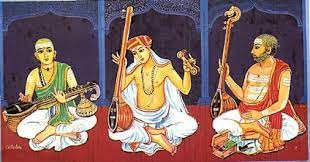
Purandara Dasa the Musical Genre of Karnataka stole hearts with his soul stirring compositions like “Bhagayada Lakshmi Baramma” , “ Baro Krishnaiah”, “Karuniso Ranga“ which echoes his profound Spiritual Journey.
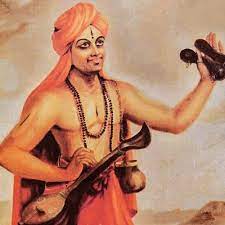
REVIVAL AND GLOBAL RECOGNITION
In the 20th Century, Indian Classical music experienced a revival and gained recognition, with maestros like Pandit Ravi Shankar and Zakir Hussain becoming Ambassadors of Indian Musical world-wide.
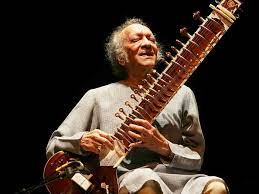
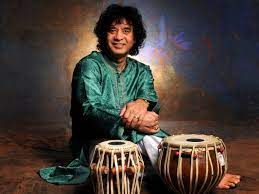
NATIONAL ANTHEM

The National Anthem of India is called “Jana Gana Mana…..” It was written by
Sri. Rabindranath Tagore in Bengali and was adopted as our country India’s National Anthem in 1950. This song is a tribute to the diverse culture and unity of India. It is played on various occasions to honour the Nation and its valu
VANDE MATHARAM
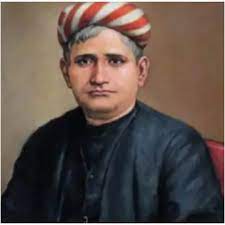
‘I praise thee Mother (Matharam)’ refers to MOTHER INDIA
“Vande Matharam
Sujalam suphalam ……………..”
On 24th January 1950 the Constituent Assembly of India, adopted ‘Vande Matharam ‘ as the National Song
Is a patriotic song that originated in the 1875 and holds significance in India’s struggle for Independence. Composed by Sri. Bankim Chandra Chattopadhyay, the song extols the Motherland as a divine and cherished entity. Its lyrics have inspired generations, and it was later set to music by Sri. Rabindranath Tagore.
“Vande Matharam” played a crucial role in uniting Indians against British Colonial rule.
ROLE OF FILM MUSIC IN LITERATURE
Bollywood music and Regional Music plays a significant role in Indian Music literature, as it reflects the cultural diversity and fusion of traditional and modern musical elements. It has popularised Indian Music both Nationally and Internationally.
The incorporation of various genres and regional styles of instruments into the film compositions has enriched the overall musical landscape, marking it a dynamic and evolving art form. Many songs have received accolades for their haunting vocals and evocative compositions at the international levels. Some of the world famous Indian singers who attained maximum acclaim include Smt. Lata Mangeshkar, Sri. Kishore Kumar, Sri. Mohammed Rafi, Sri. Ilayaraja, Sri. A R Rahman, Sri. P.B Sreenivas, Smt. Asha Bhosle, Sri. K J Yesudas and Smt. Shreya Ghoshal to name a few from many many more.
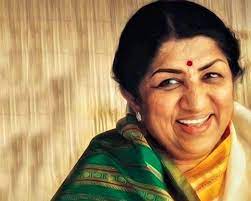
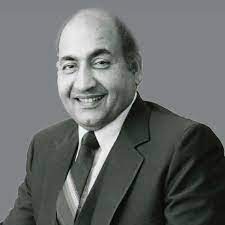
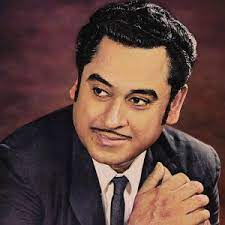
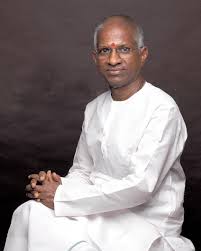
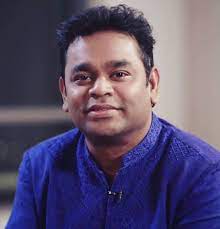
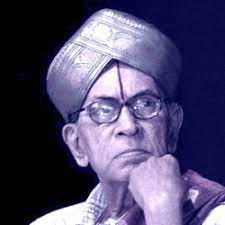
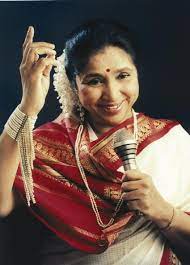
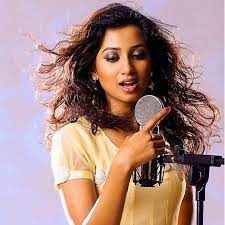
EVOLUTION OF INSTRUMENTS
Sure thing! Now back to ancient times, folks in India started with simple instruments like Flute, Drums, Veena, Ghatham, Sitar, Sarod, Tabla, Santoor and Sarangi. Made from bamboo and wood. (Wind instruments and string instruments).
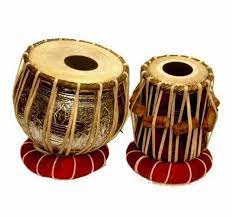
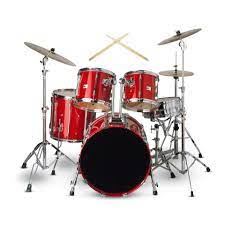
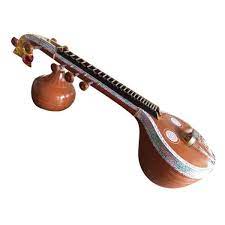
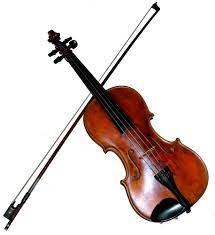
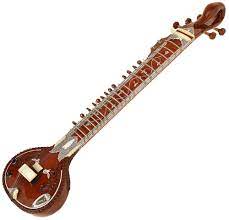
Slowly they got more creative and introduced more complex ones like Sitars and Tablas adding intricate rhythms and melodies to the mix, like Harmonium and the Violin.
Nowadays you’ve got a vibrant mix of traditions and modern instruments like the Electric Sitar, Electric Guitar, Digital Tabla, Veena Synth, Ektara Keyboard, and Electronic Tanpura blending our rich heritage with contemporary technology that combines together to create a fresh twist to the awesome tapestry of India.
Many apps are available in the internet highlighting the latest technology in the use of instruments.
REGIONAL DIVERSITIES
India’s vast geographical and cultural diversity contributed to the development of regional musical styles and folk music showcasing the country’s rich musical culture.
INFLUENCE OF BHAKTI AND SUFI MOVEMENTS
The Bhakti and Sufi movements played a significant role in shaping Indian Music, infusing spiritual themes and emotions into Classical Compositions.
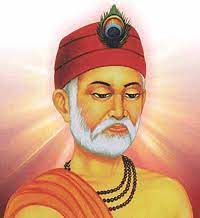
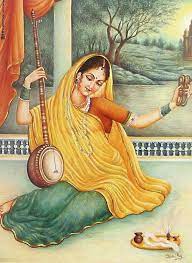
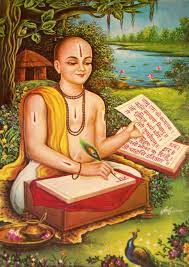
Kabir Das, famous for his Couplets or ‘Dohe’, Meera Bai and Surdas were very significant Bhakti musicians and the Sufi Genre Nusrat Fateh Ali Khan, Abida Parveen and Rahat Fateh Ali Khan have left an indelible mark. These were the prominent iconic figures in spreading Bhakti Sangeet to the mass of people across all ages.
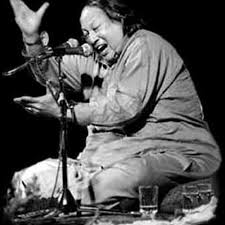
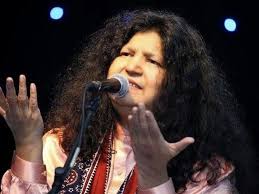
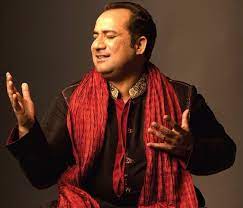
SLOGANS DURING THE STRUGGLE FOR INDEPENDENCE
-SLOGANS FUELLED THE FIRE OF FREEDOM
-SLOGANS PACKED POWER AND PASSION
-SLOGANS IGNITED HEARTS AND DROVE A CHANGE
During the struggle for Independence, music played a crucial role in inspiring and mobilising people. Slogans like
‘Vande Mataram’,
‘Inquilab Zindabad’ and
‘Swaraj is my birth right’
became powerful rallying cries, evoking Patriotism and Unity among the masses. These songs fostered a sense of National Pride, motivating individuals to join the freedom movement and stand up against the Colonial rule. Soul stirring melodies like
‘Ae mere pyare watan , ae mere bichhade chaman’ and
‘ Sare Jahan se Accha, Hindusitan Hamara’
were powerful for their inspiring lyrics also.
COLONIAL IMPACT
Who hasn’t heard the Indo -jazz
‘miles from India’
song by Miles Davis featuring Classical Musicians like Pandit Ravi Shankar and Shri.L. Subramaniam?
Colonial Cousins is an Indian duo, formed by singer Hariharan and singer-composer Lesle Lewis. Who gave the legendary song ‘krishna nee begane baro’ a new twist, which swept the Indian music scene.
This era saw new musical elements from the west, leading to a fusion of Indian classical music with western music and creating genres like Indo-jazz and Indo-western fusions.
So friends,
Preserving our musical heritage is like passing on a groovy time capsule, to the future, letting them vibe with the same beats that made us dance.
Its like keeping the coolest family heirloom alive, so the generations ahead can still jam the tunes that rocked our souls.
So get set! Let us make sure that the awesome musical stories of the past keep on playing like the ultimate DJ set for history buffs !!
CONCLUSION
So here we go,
As we celebrate our 77th Indian Independence day, let the rhythemic melodies of our rich mosaic of our music culture remind us that our Nation’s triumphant journey towards liberty echo the spirit of unity , pride and resilence and as our Nation celebrates the 77th Indian Independence day, let our tunes break free, weaving a harmonious anthem of unity in diversity.
‘Mile sur mera tumhaara, to sur bane hamaara’
And let us brim and soak in this pride, to be born again and again here and to embrace our timeless heritage and also to rest beneath its sacred skies in eternal slumber.
‘Teri Mitti Main Mil Jawan,
Gul banke mein khil jawan
Itni si hai del ki Arzoo………
JAI HIND
# MELODY OF FREEDOM
# RHYTHM OF INDEPENDENCE
# TUNESTO TRIUMPH
# MUSIC360

